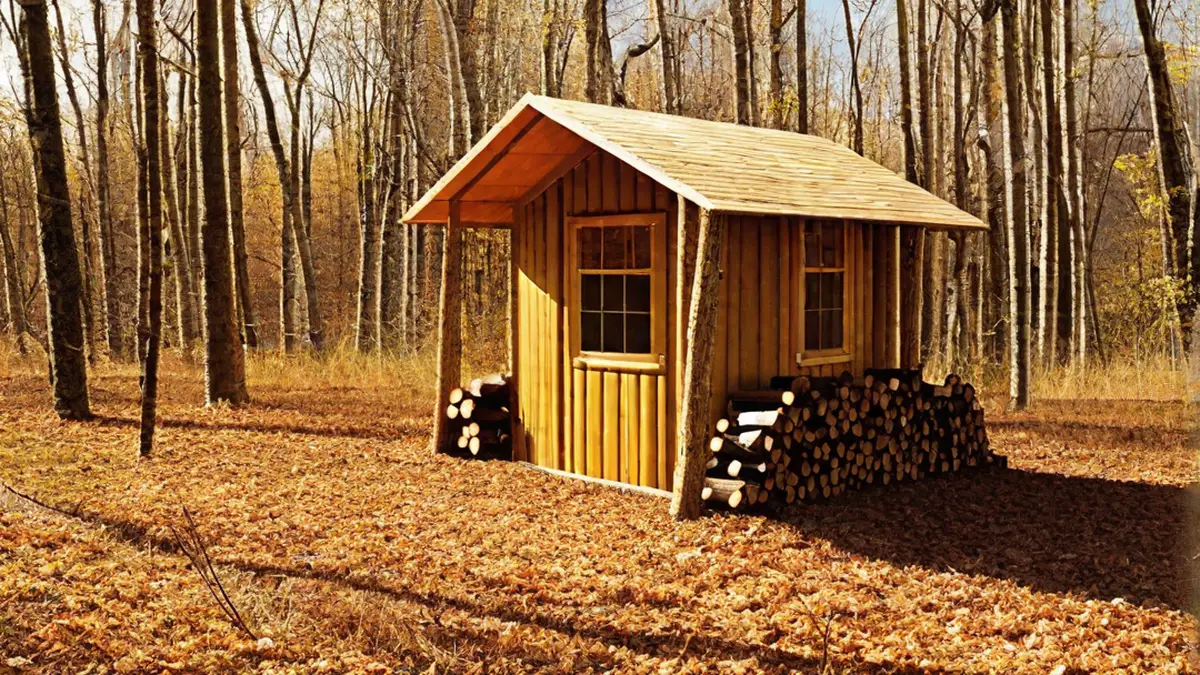Building a bow hunting blind is an essential skill for any serious bow hunter. Not only does it provide a concealed and comfortable space to wait for your prey, but it also increases your chances of a successful hunt. As an avid bow hunter myself, I have spent countless hours perfecting the art of building hunting blinds. In this article, I will walk you through the process, providing step-by-step instructions and sharing my personal tips and tricks along the way.
Gathering Materials
Before you start building your bow hunting blind, it’s important to gather all the necessary materials. Here’s what you’ll need:
- 4 sturdy wooden posts, around 6 feet tall
- 8-foot sections of PVC pipe or metal conduit
- A roll of camouflage burlap or netting
- A comfortable hunting chair
- A hunting blind seat cushion
- Nails or screws
- A hammer or drill
- A saw
Choosing the Right Location
Once you have all your materials ready, the next step is to choose the perfect location for your bow hunting blind. Look for an area with good wildlife activity, such as deer trails or feeding areas. Ideally, you want to be close to a water source or a food plot. Remember to consider the wind direction and plan for a blind position that will keep your scent from alerting the game.
Building the Frame
To start building the frame of your hunting blind, dig four holes that are about 2 feet deep. Place the wooden posts in each hole and securely pack the soil around them. Make sure the posts are evenly spaced and level. Next, attach the PVC pipes or metal conduit to the top of each post, creating a rectangular frame. This will serve as the skeleton of your blind.
Adding the Walls
Now it’s time to add the walls to your hunting blind. Roll out the camouflage burlap or netting and cut it into sections that correspond to the height and width of your frame. Attach the burlap or netting to the frame using zip ties or wire, making sure to leave an entrance on one side. To achieve a more natural look, add branches, leaves, or other vegetation to the outside of the blind. This will help it blend into its surroundings and make it less noticeable to game.
Setting Up the Interior
Once the walls are in place, it’s time to set up the interior of your hunting blind. Start by placing your hunting chair in a comfortable position, facing the game trail or feeding area. Attach a hunting blind seat cushion to the chair for added comfort during those long waiting hours. Organize your hunting gear within easy reach, making sure to keep it quiet and avoid any unnecessary movement that could alert nearby game.
Conclusion
Building a bow hunting blind is a rewarding and essential skill for any bow hunter. By following these step-by-step instructions and incorporating my personal tips and tricks, you’ll be well on your way to creating a successful hunting experience. Remember to always scout your location and consider the wind direction when setting up your blind. Happy hunting!
